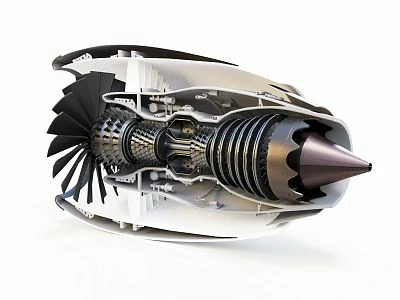Bearings are at the heart of smooth, efficient motion in mechanical systems—and among them, the Angular Contact Ball Bearing stands out for its ability to handle both radial and axial loads at high speeds. These bearings are used across industries, from automotive transmissions to high-speed machining spindles, and are essential in equipment requiring precise rotation under pressure.
In this article, Comdale Bearing, a trusted roller bearings supplier, explains the structure, function, and applications of angular contact bearings, and how they compare to other popular types like Thrust Ball Bearings.

How Angular Contact Ball Bearings Work
Unlike standard ball bearings that primarily handle radial loads, Angular Contact Ball Bearings are designed with raceways that are offset in the axial direction. This allows them to accommodate combined loads—both radial and axial—especially when mounted in pairs or groups.
The key to their function lies in the contact angle, which ranges from 15° to 40°. The greater the angle, the better the axial load capacity. These bearings are often used:
- In high-speed spindles for CNC machines
- Inside automotive gearboxes
- In pumps and compressors
- In robotic arms and precision tools
Because of their directional load capabilities, angular contact bearings are typically installed in specific configurations (back-to-back, face-to-face, or tandem) to match load requirements.
Key Features of Angular Contact Ball Bearings
| Feature | Description |
|---|---|
| Load Handling | Supports both radial and axial loads, especially under high-speed rotation |
| Contact Angle | Affects axial load capacity (15°, 25°, 40° common options) |
| High Precision | Ideal for applications requiring tight tolerances and low vibration |
| Arrangement Flexibility | Can be used in single or paired configurations |
These characteristics make them ideal for dynamic, high-performance systems. For industries needing stability and speed, these bearings outperform basic designs like deep groove or even Thrust Ball Bearings in many axial load applications.
Comparison: Angular Contact vs. Thrust Ball Bearings
While both are used to manage axial forces, their design intent is quite different.
- Angular Contact Ball Bearings handle both axial and radial loads, especially in combination.
- Thrust Ball Bearings are made specifically for axial loads and cannot support radial stress.
Thrust bearings are simpler and used in vertical shafts or light axial load applications. However, when higher speed or combined loading is required, angular contact models provide better durability and alignment precision.
That’s why experienced ball bearing distributors often recommend angular contact models for multi-directional load environments and dynamic movement systems.
Applications Across Industries
Comdale Bearing supplies Angular Contact Ball Bearings for use in:
- Precision CNC machines
- Electric motor assemblies
- Wind turbines
- Aerospace components
- Agricultural and mining equipment
These industries rely on bearings not just for support, but for enabling highly precise, vibration-free rotation under variable pressure and speed.
Why Choose Comdale Bearing?
As a leading roller bearings supplier, Comdale Bearing offers:
- A full range of Angular Contact Ball Bearings in metric and imperial sizes
- Matched pair solutions for precision assembly
- Inventory including Thrust Ball Bearings, cylindrical rollers, and deep groove variants
- Technical support for bearing selection, installation, and performance optimization
Whether you’re an OEM, maintenance engineer, or ball bearing distributor, we ensure quality, performance, and timely delivery across industries.
